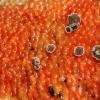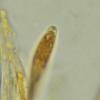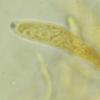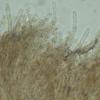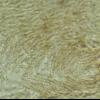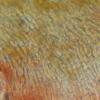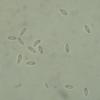
24-11-2014 09:20
Stefan BlaserHello everybody,I hope somebody can help me with t

26-12-2014 18:13
 Blasco Rafael
Blasco Rafael
Hola, les parece que sea la que digo o hay alguna

24-12-2014 19:23
Hola a todos. En zona interna de piel o cáscara d

25-12-2014 12:09
 Blasco Rafael
Blasco Rafael
Hola, tengo estas muestras que han salido estando

20-12-2014 13:23
He enconrtrado esta araña parasitada por un Cordy
I hope somebody can help me with this Proliferodiscus (?) species.
Ecology: I found it on brightly reddish colored parts of a decaying Basidiomycete (The polypore Antrodia serialis) on a Pinus log.
Macro: Apothecia up to approx. 0.8 mm, disc light brown, margin white, excipulum brownish towards the base.
Micro: Asci 40-55 x 5-7 ?m, pleurorhynch, Porus reddish grey in IKI, blue in IKI after KOH treatment. Paraphyses cylindric, 1.5-2 ?m diameter. Spores ellipsoid, with two small drops at each end, often somewhat asymmetric, 6-7 x 2.0-2.6 ?m. Hairs cylindric, 2.5-3.5 ?m diameter, covered with spinulose cristals, frequently septate, distal part mostly < 30 ?m. The hyphae that form the hairs are continuously getting shorter septate, distinctly thick walled and brownish towards the base, forming a textura prismatica. There are no distinct colour reactions of the hairs or excipulum (sometimes partly pinkish in KOH).
Thanks for any help,
Stefan
compare with Hyphodiscus hymeniophilus.
Best wishes,
Gernot
Perfect fit! Thanks a lot.
Stefan

ich stimme hier auch zu :-)
wollte dich aber fragen, ob deine Email-Adresse sich geändert hat. ich würde gerne um Erlaubnis um die Verwendeung eines Makrofotos bitten.
Zotto

